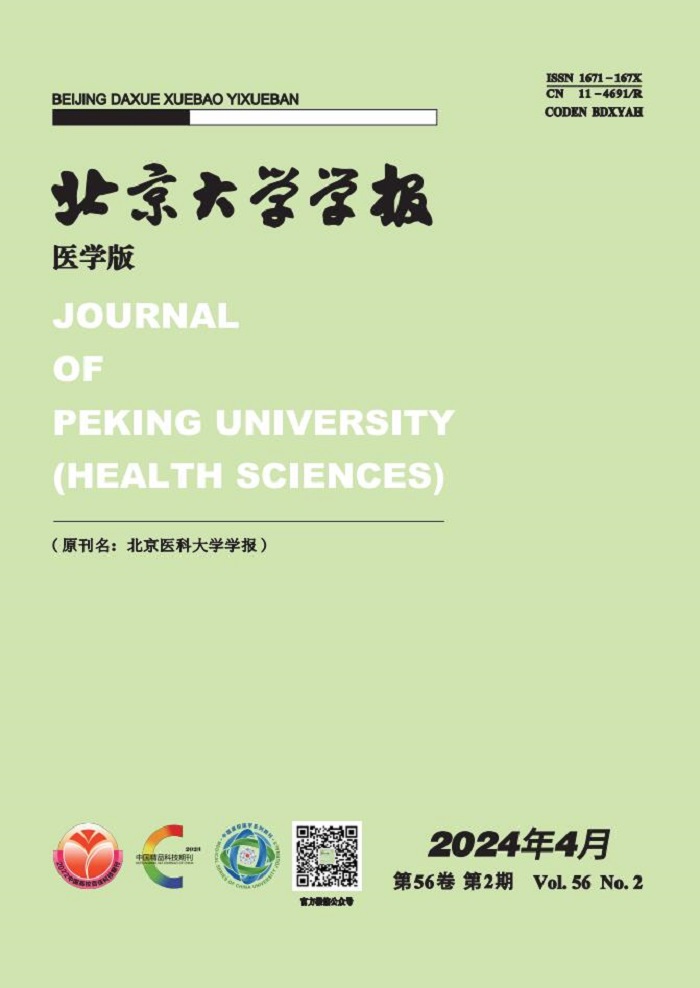Programmed cell death protein 1 (PD-1) and its ligand 1 (PD-L1) have been widely used in lung cancer treatment, but their immune-related adverse events (irAEs) require intensive attention. Pituitary irAEs, including hypophysitis and hypopituitarism, are commonly induced by cytotoxic T lymphocyte antigen 4 inhibitors, but rarely by PD-1/PD-L1 inhibitors. Isolated adrenocorticotropic hormone(ACTH) deficiency (IAD) is a special subtype of pituitary irAEs, without any other pituitary hormone dysfunction, and with no enlargement of pituitary gland, either. Here, we described three patients with advanced lung cancer who developed IAD and other irAEs, after PD-1 inhibitor treatment. Case 1 was a 68-year-old male diagnosed with metastatic lung adenocarcinoma with high expression of PD-L1. He was treated with pembrolizumab monotherapy, and developed immune-related hepatitis, which was cured by high-dose methylprednisolone [0.5-1.0 mg/(kg·d)]. Eleven months later, the patient was diagnosed with primary gastric adenocarcinoma, and was treated with apatinib, in addition to pembrolizumab. After 17 doses of pembrolizumab, he developed severe nausea and asthenia, when methylprednisolone had been stopped for 10 months. His blood tests showed severe hyponatremia (121 mmol/L, reference 137-147 mmol/L, the same below), low levels of 8:00 a.m. cortisol (<1 μg/dL, reference 5-25 μg/dL, the same below) and ACTH (2.2 ng/L, reference 7.2-63.3 ng/L, the same below), and normal thyroid function, sex hormone and prolactin. Meanwhile, both his lung cancer and gastric cancer remained under good control. Case 2 was a 66-year-old male with metastatic lung adenocarcinoma, who was treated with a new PD-1 inhibitor, HX008, combined with chemotherapy (clinical trial number: CTR20202387). After 5 months of treatment (7 doses in total), his cancer exhibited partial response, but his nausea and vomiting suddenly exacerbated, with mild dyspnea and weakness in his lower limbs. His blood tests showed mild hyponatremia (135 mmol/L), low levels of 8:00 a.m. cortisol (4.3 μg/dL) and ACTH (1.5 ng/L), and normal thyroid function. His thoracic computed tomography revealed moderate immune-related pneumonitis simultaneously. Case 3 was a 63-year-old male with locally advanced squamous cell carcinoma. He was treated with first-line sintilimab combined with chemotherapy, which resulted in partial response, with mild immune-related rash. His cancer progressed after 5 cycles of treatment, and sintilimab was discontinued. Six months later, he developed asymptomatic hypoadrenocorticism, with low level of cortisol (1.5 μg/dL) at 8:00 a.m. and unresponsive ACTH (8.0 ng/L). After being rechallenged with another PD-1 inhibitor, teslelizumab, combined with chemotherapy, he had pulmonary infection, persistent low-grade fever, moderate asthenia, and severe hyponatremia (116 mmol/L). Meanwhile, his blood levels of 8:00 a.m. cortisol and ACTH were 3.1 μg/dL and 7.2 ng/L, respectively, with normal thyroid function, sex hormone and prolactin. All of the three patients had no headache or visual disturbance. Their pituitary magnetic resonance image showed no pituitary enlargement or stalk thickening, and no dynamic changes. They were all on hormone replacement therapy (HRT) with prednisone (2.5-5.0 mg/d), and resumed the PD-1 inhibitor treatment when symptoms relieved. In particular, Case 2 started with high-dose prednisone [1 mg/(kg·d)] because of simultaneous immune-related pneumonitis, and then tapered it to the HRT dose. His cortisol and ACTH levels returned to and stayed normal. However, the other two patients’ hypopituitarism did not recover. In summary, these cases demonstrated that the pituitary irAEs induced by PD-1 inhibitors could present as IAD, with a large time span of onset, non-specific clinical presentation, and different recovery patterns. Clinicians should monitor patients’ pituitary hormone regularly, during and at least 6 months after PD-1 inhibitor treatment, especially in patients with good oncological response to the treatment.




